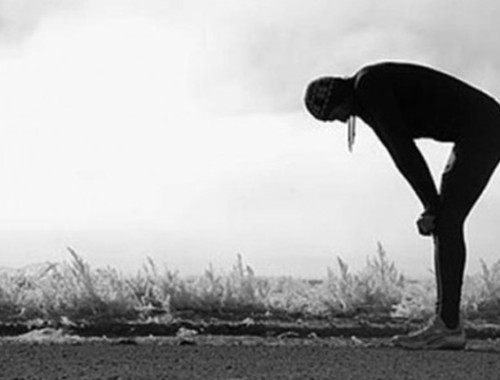We all know that we are supposed to stretch, but quite frankly, that is often about all we know for certain on the subject. Do I stretch before or after I work out? Are static or dynamic stretches better for me? What’s a girl to do?!?
First things first. Let’s figure out what the difference between static and dynamic stretching is.
Static Stretching
This consists of passively taking a muscle to its point of tension and holding for 30 seconds or longer. This longer duration of time allows the muscle to relax and further elongate. Examples include a static chest stretch against a wall or a static trapezius stretch dropping your head towards one shoulder.
Static stretching can be used before or after an activity.
Utilizing static stretches prior to an activity will decrease overactivity of tight muscles and will increase range of motion. Used post-workout, static stretching can help to reset muscles back to their resting length.
Dynamic Stretching
This type of stretching uses the force produced by a muscle as well as your body’s momentum to take a joint through its full range of motion. Examples would be hip swings, walking lunges, or even rotation with a medicine ball.
Dynamic stretching should be used prior to beginning an activity only.
The Take-Away:
Dynamic stretching is solely a pre-workout option, while static stretching can be used both before and/or after exercise. Regardless of what form you choose to include in your regimen, stretching regularly will help to avoid injury and reduce recovery time between workouts.






No Comments